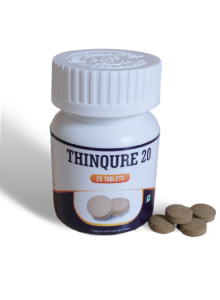
Safety First

Pippali (Piper longum Linn)
Black Piper (Piper nigrum Linn)
Sunthi (Zingiber officinale Rosc.)
Rock salt
HYPOTHESIS OF PHARMACODYNAMIC ACTIVITY OF FORMULATION
Prophylaxis
ACEII Receptor blockers
Reference of Zingiber officinale:
https://pubmed.ncbi.nlm.nih.gov/24433069/
Antiviral
Molecular Docking – Antiviral activity of selected phytochemicals against SARS-CoV-2 and its cellular receptor
Reference: https://link.springer.com/article/10.1007/s13337-020-00598-8

A product of THINQ Pharma-CRO Limited
Copyright © 2020 THINQ Pharma-CRO Limited All rights reserved
Disclaimer: Please note that the information provided is for the THINQURE 20 product information . Refer to your local government and/or health organizations for the most accurate and up to date information.